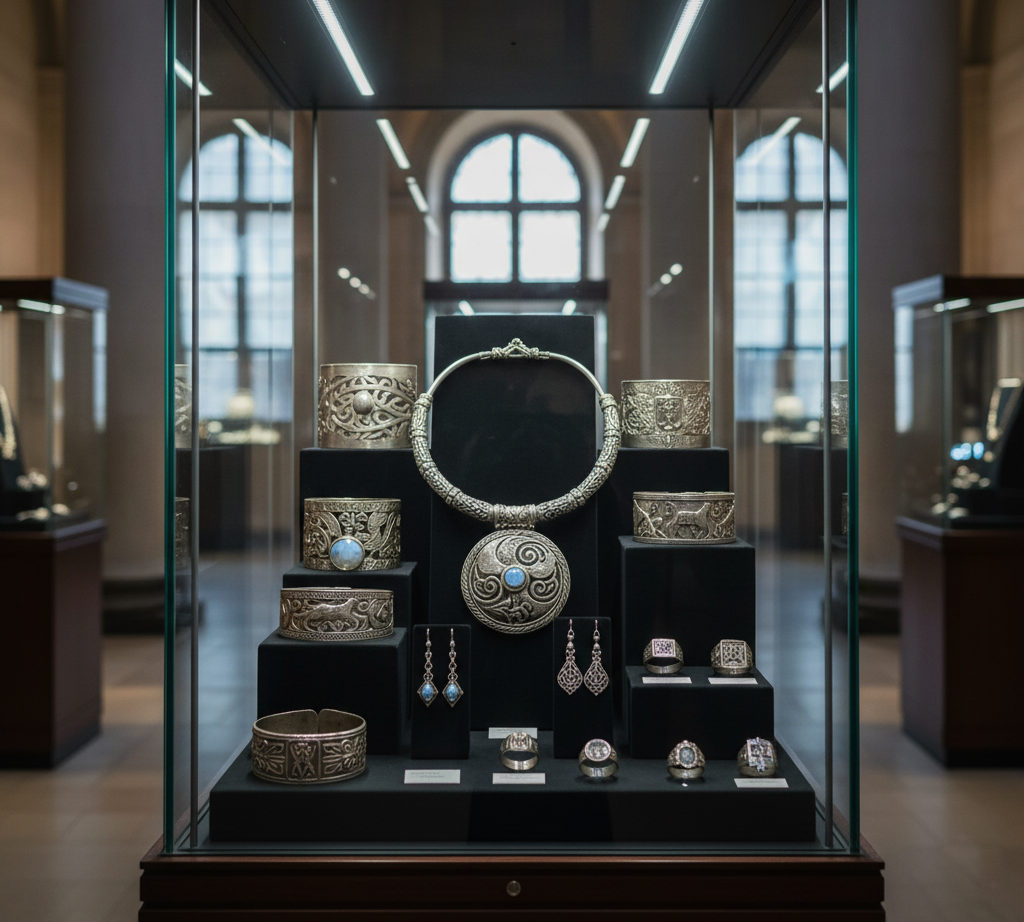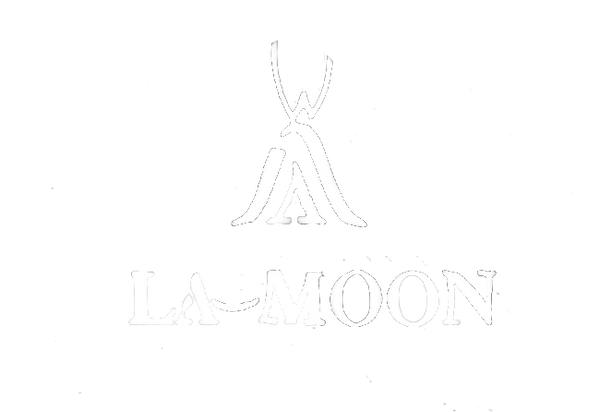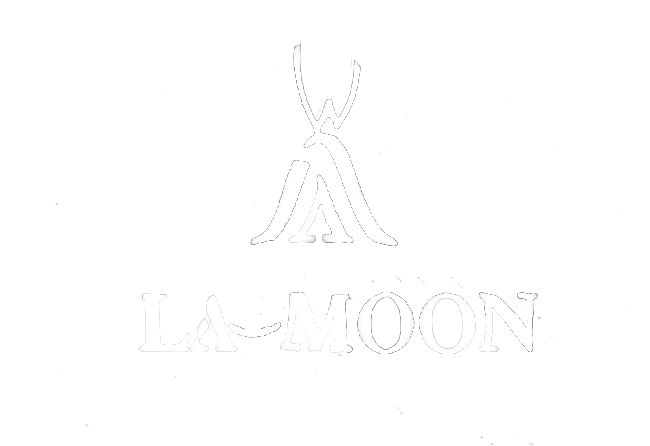
Silver In Culture: From Ancient Temples To Modern Studios
Share
Egypt: A Rare Moon-Metal
In Middle Kingdom Thebes, silver beads and amulets appear in elite burials. Scholars note that silver was rarer than gold in early Egypt, often imported, yet chosen for sacred and elite adornment. The Met’s conservation essay documents specific finds and contexts, a reminder that “precious” is cultural as much as chemical.
Hellenistic And Roman Worlds
Hellenistic jewelers produced an astonishing variety, earrings, diadems, bracelets, while Roman elites accumulated hoards of silver plate and jewelry as portable wealth. Surviving pieces show technical sophistication and evolving tastes as empire expanded.
Central And East Asia: Hairpins, Rites, And Status
Chinese hairpins (zan) marked life passages such as coming-of-age and marriage. Museum examples include Tang-dynasty silver hairpins inlaid with glass, connecting material choice to ritual function and social rank.
Turkmen silver adornments also carried protective and status meanings, often signaling age or marital state; The Met’s essay surveys forms and symbolism preserved in museum collections.
The Americas: Indigenous Silversmithing
By the 19th century, distinctive silverwork flourished among Southwestern peoples; museum photography and collections show Zuni leaders wearing silver bowguards and naja ornaments, objects entwined with identity and diplomacy as well as aesthetics.
Symbols And Alchemy
For centuries, European alchemy paired metals with celestial bodies: gold with the sun, silver with the moon. That lunar association still echoes in modern copywriting and color language around “cool-white” metals.

